Wild West
W omen
Fifty Lives That Shaped the Frontier
Edited by
Erin H. Turner
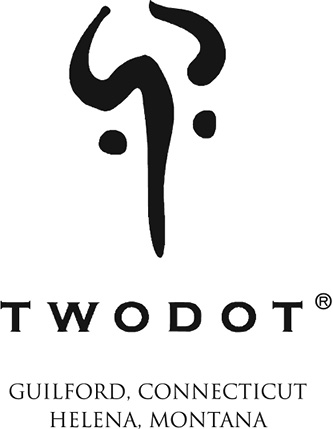

An imprint and registered trademark of Rowman & Littlefield
Distributed by NATIONAL BOOK NETWORK
Copyright 2016 by Rowman & Littlefield
All rights reserved . No part of this book may be reproduced in any form or by any electronic or mechanical means, including information storage and retrieval systems, without written permission from the publisher, except by a reviewer who may quote passages in a review.
British Library Cataloguing-in-Publication Information Available
Library of Congress Cataloging-in-Publication Data Available
ISBN 978-1-4930-2333-2 (paperback)
ISBN 978-1-4930-2334-9 (e-book)
 The paper used in this publication meets the minimum requirements of American National Standard for Information SciencesPermanence of Paper for Printed Library Materials, ANSI/NISO Z39.48-1992.
The paper used in this publication meets the minimum requirements of American National Standard for Information SciencesPermanence of Paper for Printed Library Materials, ANSI/NISO Z39.48-1992.
Preface
For more than twenty years, TwoDot books have been telling the stories of the women who shaped the history of the West, from the brilliant and accomplished physicians who couldnt find work in the East but brought their skills to the frontier, to the daring and talented entertainers who found their way to the make-shift stages and elaborate opera houses that provided respite from the back-breaking work of Manifest Destiny. In these pages are fifty stories of women like them whose part in history has become part of our national memory and whose contributions have often been unsung.
These are immigrants, Native Americans, second-generation Americans, larger-than-life characters, unassuming wallflowers, social workers, entrepreneurs, nuns, pilots, artists, cowgirls, photographers, homesteaders, and of course, teachers, suffragists, doctors, nurses, lawyers, and politicians. All were truly remarkable, in spirit, determination, integrity, and perseverance, regardless of how much (or little) they accomplished in their lifetimes. These are all women with grit, who gripped the reins and settled in for the ride, uninhibited by how rough it would prove to be, and their stories should inspire current and future generations.
Nellie Neal Lawing

(18731956)
The Legendary Alaska Nellie
A petite, vivacious woman with curly gray hair hurried over to the tourists who were scrambling off the train.
Welcome to Lawing, at Mile 23, she called. How was your boat trip? What do you think of Alaska? Come on, I know you want to see my museum, and we dont have all day!
The group followed as the woman walked briskly down a path that led to an old two-story cabin on the bank of Kenai Lake. Entering the large room, the travelers gasped with amazement at the array of Alaskan wildlife displayed on every wall and in every corner.
Alaska Nellie began telling her stories. Yep, I killed em all myself, she proudly announced. That big brown bear? My pet bear, Mike, was lost, and I went running into the woods to find him. Round a bend was the biggest, meanest bear I ever saw, standing over poor little Mikes dead body! I turned and ran for home, but he followed me and I just barely got the barn door open in time to run in and pull it behind mebut he slammed into it and scratched my arm and broke my three fingers and bruised my knee, see....
She pulled back her sleeve and showed the crowd her scars. Then I waited til it got real quiet, slipped into the house, got my gun, and went after him. I saw him on the ridge the same time he saw me. He reared up and I sent a bullet into him, hit him in the foot, then another hit him in the leg. Had to shoot him six times fore he keeled over!
It was a good story, and it got better every time she told it. She could have told a similarly exciting tale about any item in the room.
Nellie Trosper was born in Missouri on July 25, 1873, the eldest of ten surviving children. As a child, she fished, hunted, trapped, and did farm work alongside her brothers. She dreamed of going to Alaska to hunt moose and bear, and often told her parents she would live there one day and drive a sled dog team.
Nellie left school before she was fourteen to help her mother with the family. Although she worked away from home for a short time in Missouri, she returned when her mother grew ill. After her mother died, she stayed on to help until her father remarried. Finally, at the age of twenty-seven, Nellie left home for good.
Her journey to Alaska had many twists and turns along the way. She worked at railroad restaurants in Wyoming and Colorado, before beginning work at a boardinghouse in Cripple Creek, Colorado. Eventually she ran a boardinghouse of her own there. She met and married Wesley Neal, a mine assayer, but after a short time of happiness, the marriage began to disintegrate.
My home life was made unbearable by that demon, rum, which destroys the best in man, wrote Nellie. She left her husband, and Cripple Creek, to continue the westward journey that would lead her, at last, to Alaska.
It was July 3, 1915, when Nellie Neal arrived in the land of her hearts desire. She was forty-two years old. As she sat in her hotel room in Seward that night, she penned this poem:
After many solemn years had fled,
By an unseen force I had been led
To the land of my sweet childhood dreams,
Where the midnight sun on the ocean gleams.
With her boardinghouse experience, she soon found work at the Kenai Gold Mine, where she was hired to cook and drive the freight wagon. When the train stopped to unload supplies at Roosevelt, on the edge of Kenai Lake, she was delighted with what she saw. Writing about it later, she recalled, This place seemed very familiar to me and I hoped that I might some day come back here and make my home.
Nellies childhood hunting and trapping skills came in handy, as she was often able to secure fresh meat for the hungry miners. On one of her trips into the wilderness, she came upon an abandoned miners cabin and a plan began to form in her mind. When the mine crew stopped work and moved into Seward for the winter, Nellie had other ideas.
In Seward she purchased a sled and supplies, and then, very early on a crisp December morning, she set out from Seward, following the railroad track. As she had no dogs, she necked the sledthat is, pulled it herself, by way of a strap around her shoulders. After traveling for twenty-three miles, she came to Roosevelt and spent the night with the roadhouse proprietors, Mr. and Mrs. Roberts. The next day she covered the remaining seven miles, using snowshoes for the first time in her life. She arrived at the little abandoned miners cabin where she would spend the winter and began to make her new quarters hospitable. In writing about this experience, Nellie quipped, If one has never tried cutting wood while on snowshoes, he should really try it as a new outdoor sport.
For the next three months, Nellie ran trap lines, prepared the collected pelts from rabbit, fox, ermine, mink, and lynx, and developed plans for her future. On a clear, cold Christmas Eve, she was awestruck at first experiencing the shimmering, glowing curtain of colors that were the Northern Lights.
When Nellie returned to Seward in the spring of 1916, the US government had purchased the Alaska Railroad and planned to extend the tracks from Seward to Anchorage. Nellie applied to run an eating house on the construction line and was awarded a contract for the roadhouse at Mile 45she was the first woman to be so selected.
Next page
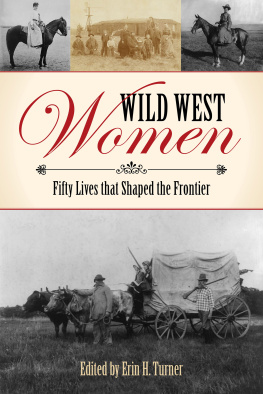




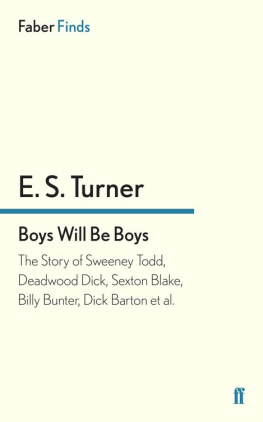
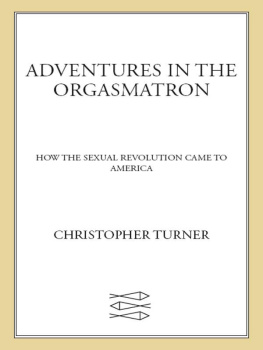
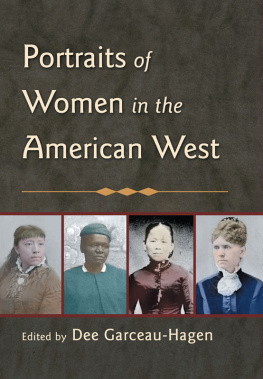

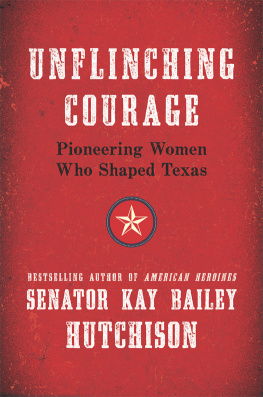
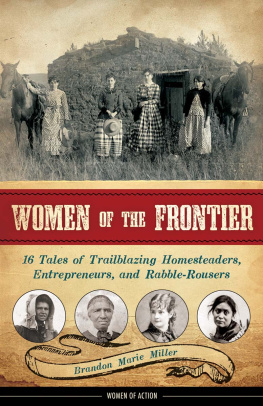
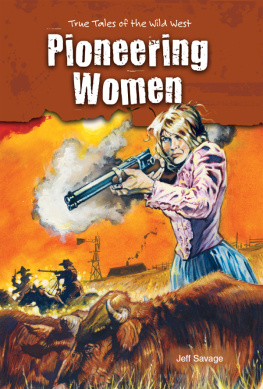


 The paper used in this publication meets the minimum requirements of American National Standard for Information SciencesPermanence of Paper for Printed Library Materials, ANSI/NISO Z39.48-1992.
The paper used in this publication meets the minimum requirements of American National Standard for Information SciencesPermanence of Paper for Printed Library Materials, ANSI/NISO Z39.48-1992.